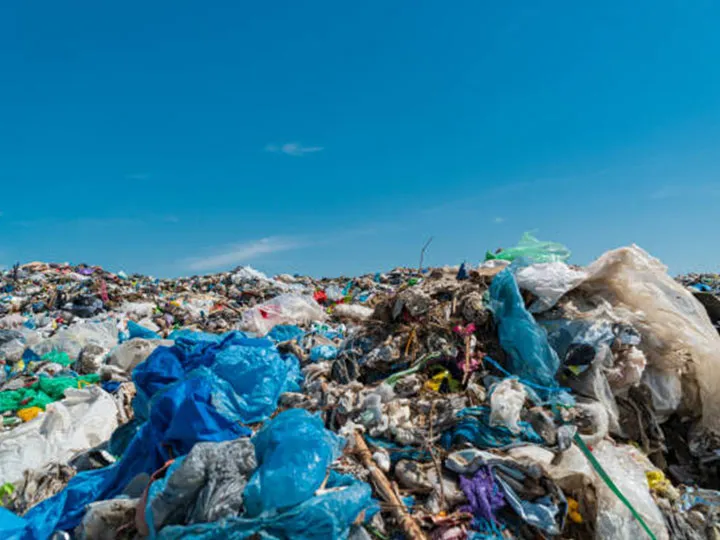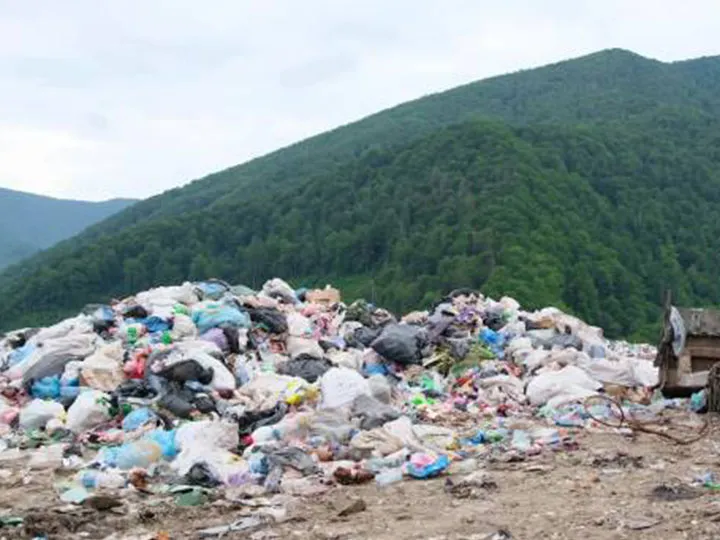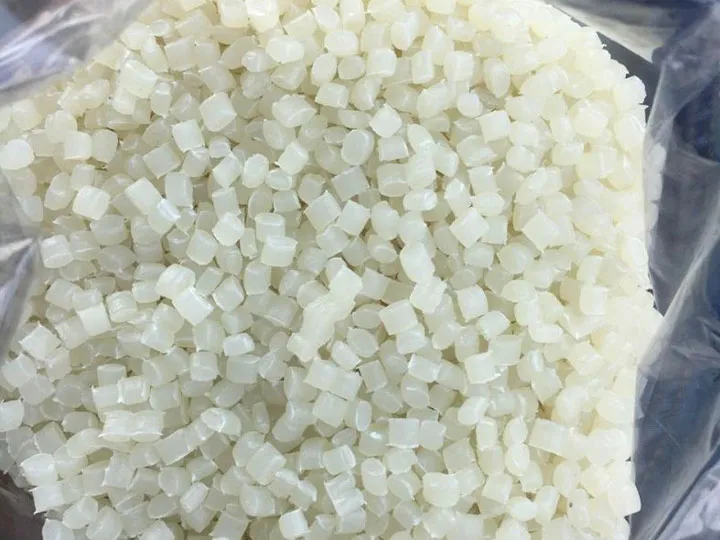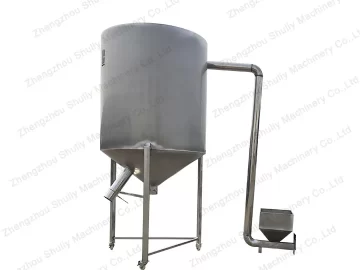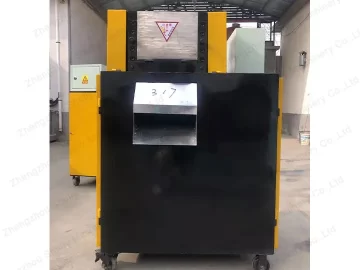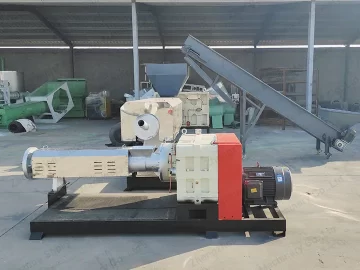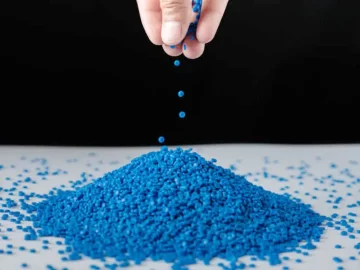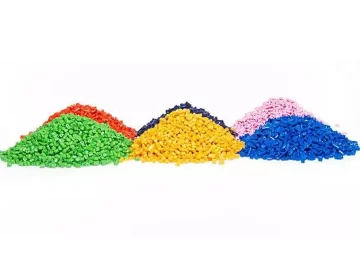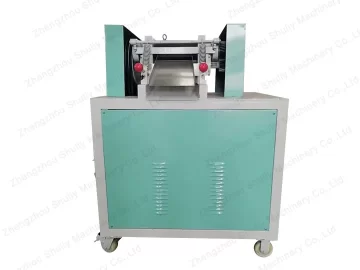Recycled pellets produced by plastic pelletizer play a key role in plastic processing as raw materials for plastic products. However, the quality of plastic pellets varies from grade to grade, affecting the quality and performance of the final product. In this article, we will discuss in detail several criteria for evaluating the goodness of plastic pellets and introduce ways to improve the quality of plastic pellets.
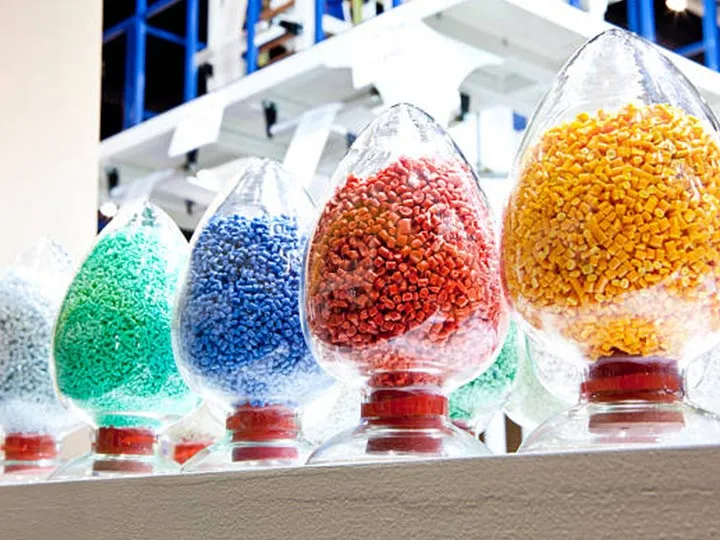
Criteria of pellets’ grade produced by plastic pelletizer
Particle size consistency
The particle size of a plastic pellet is one of the first criteria used to evaluate its quality. Recycled pellets produced by plastic pelletizer should be of uniform size and shape to ensure that consistent properties are obtained during plastic processing, thus reducing product variability.
Thermal stability
Plastic products are often subjected to temperature changes and UV radiation, so the thermal stability and weather ability of plastic pellets are one of the key criteria in assessing their quality. High-quality plastic pellets produced by plastic pelletizer should have good thermal stability and weather ability to ensure that the final product maintains its performance under a variety of environmental conditions.
Purity
The purity of plastic pellets produced by plastic pelletizer is an important parameter in measuring the quality of plastic pellets. Impurities and impure substances may cause a reduction in the strength, durability and appearance of plastic products. Quality plastic pellets should undergo a rigorous purification process to remove possible impurities and impure substances to ensure the quality of the final product.
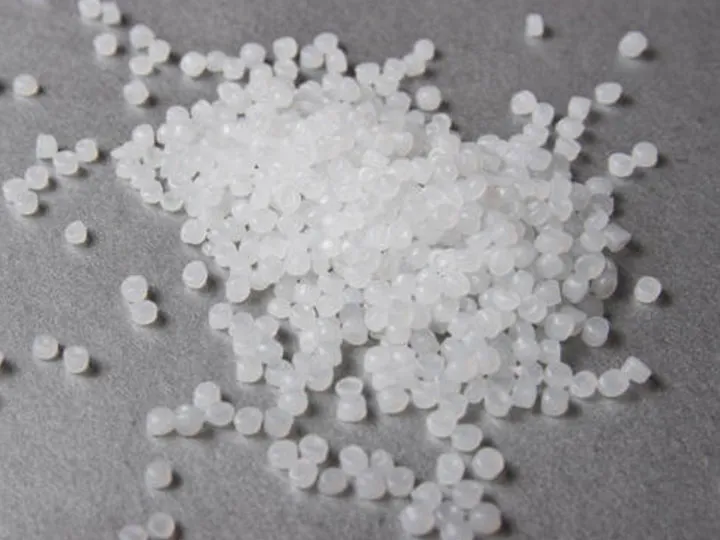
Methods to improve the quality of plastic pellets
Optimizing the production process
The quality of plastic pellets can be improved by optimizing the production process. One of the key steps is the selection and adjustment of the plastic pelletizer. The right plastic pellet making machine ensures uniform pellet size and shape. In addition, the proper melt temperature and pressure can also affect the quality and performance of the pellets.
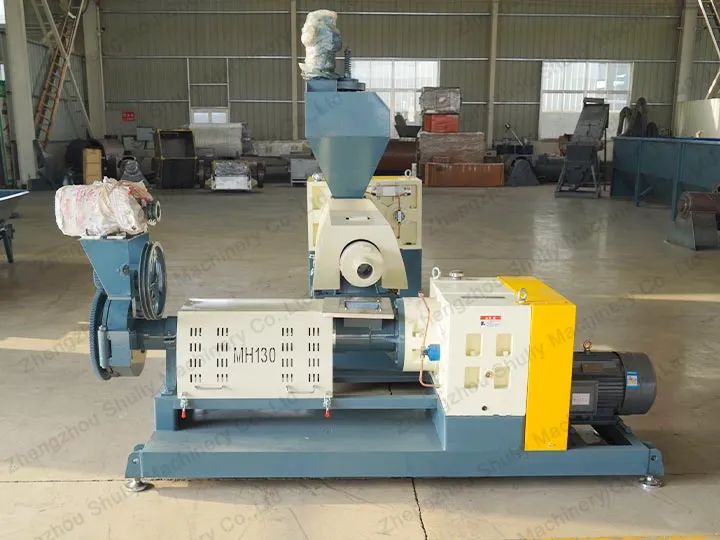
Strict quality control
Establishing a strict quality control system is another key method to improve the quality of plastic pellets. By monitoring key parameters such as physical properties, composition, and melt index during the production process, potential problems can be identified and resolved in a timely manner to ensure consistent and stable pellet quality.
Raw material selection and handling
The quality of plastic pellets produced by plastic pelletizer is directly related to the raw materials used. Choosing high-quality raw materials can effectively improve the performance and stability of pellets. High-quality raw materials not only improve the quality of the final product but also extend the service life of the plastic pelletizer.
